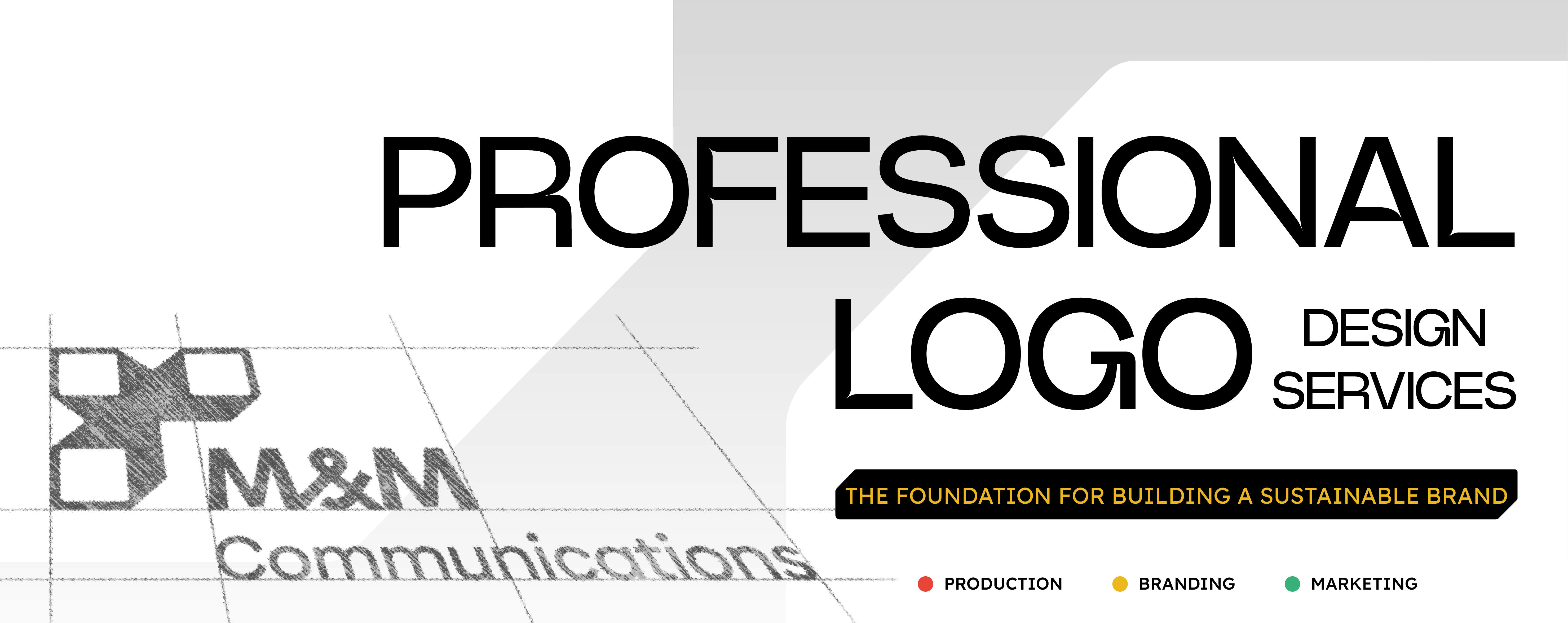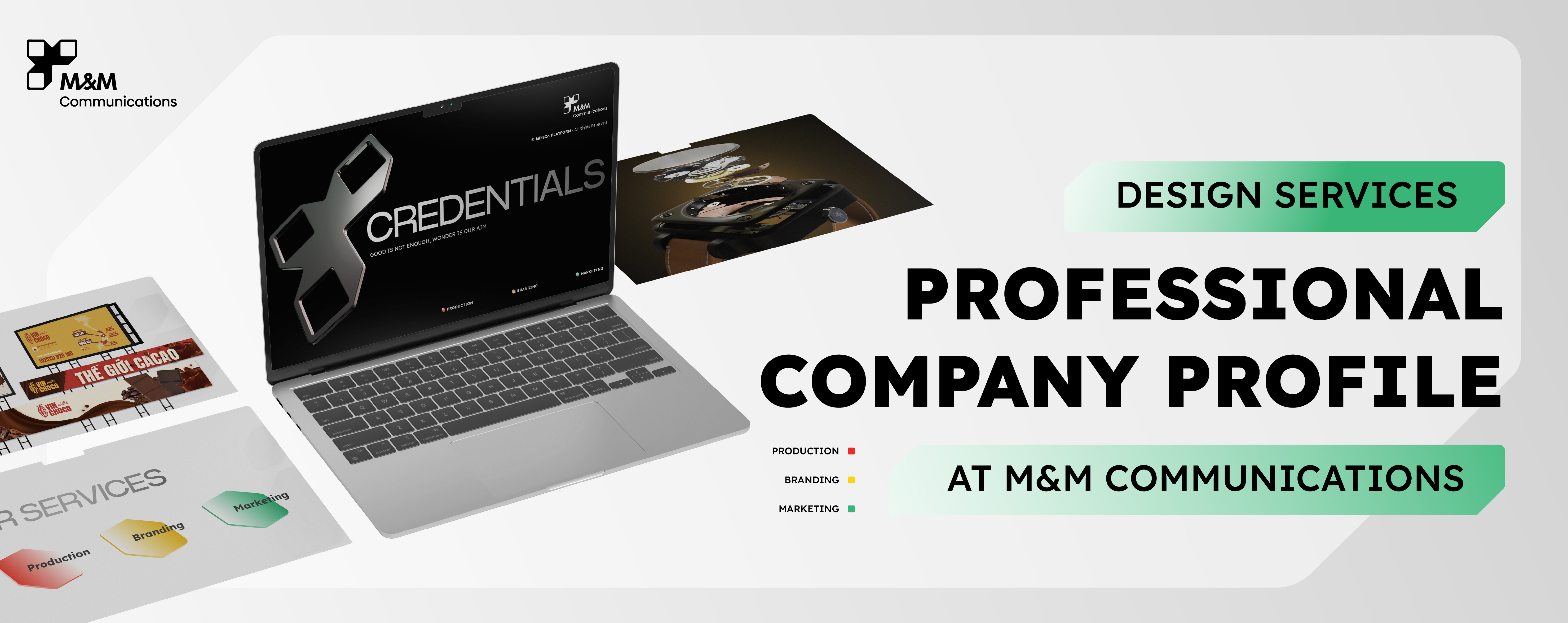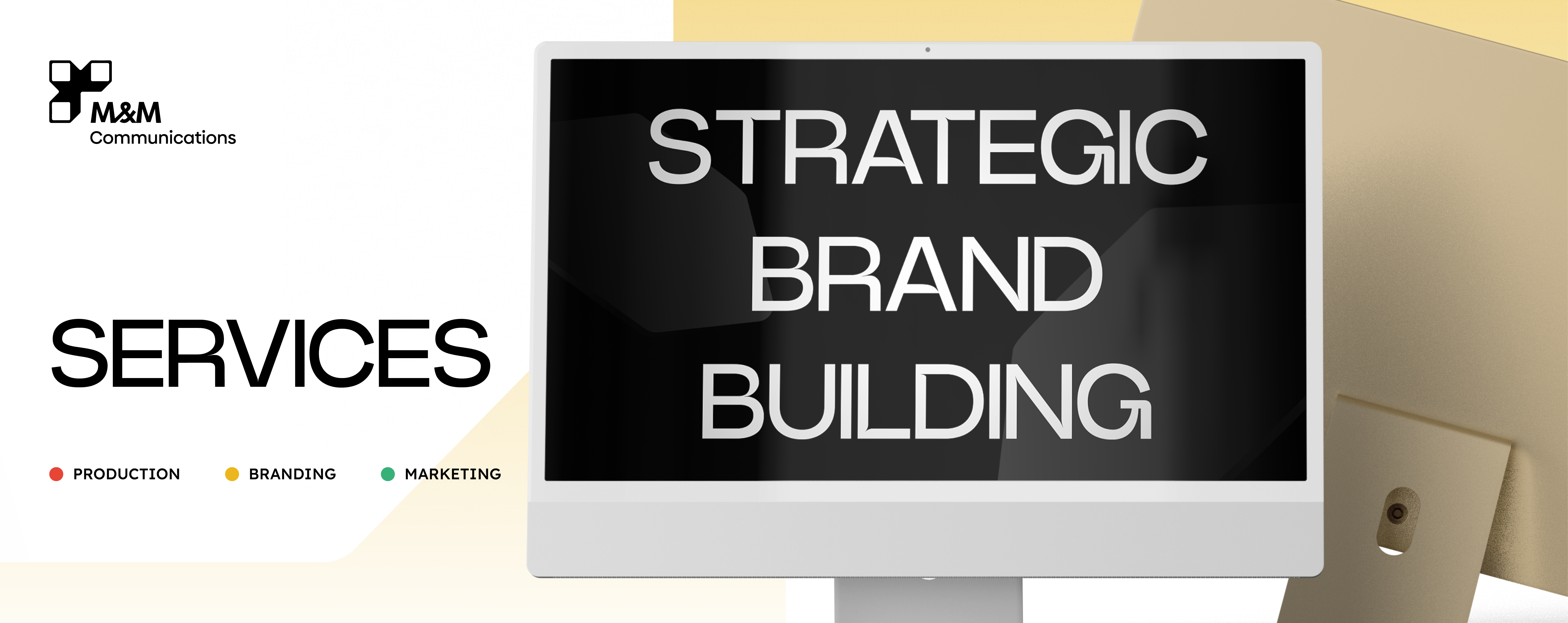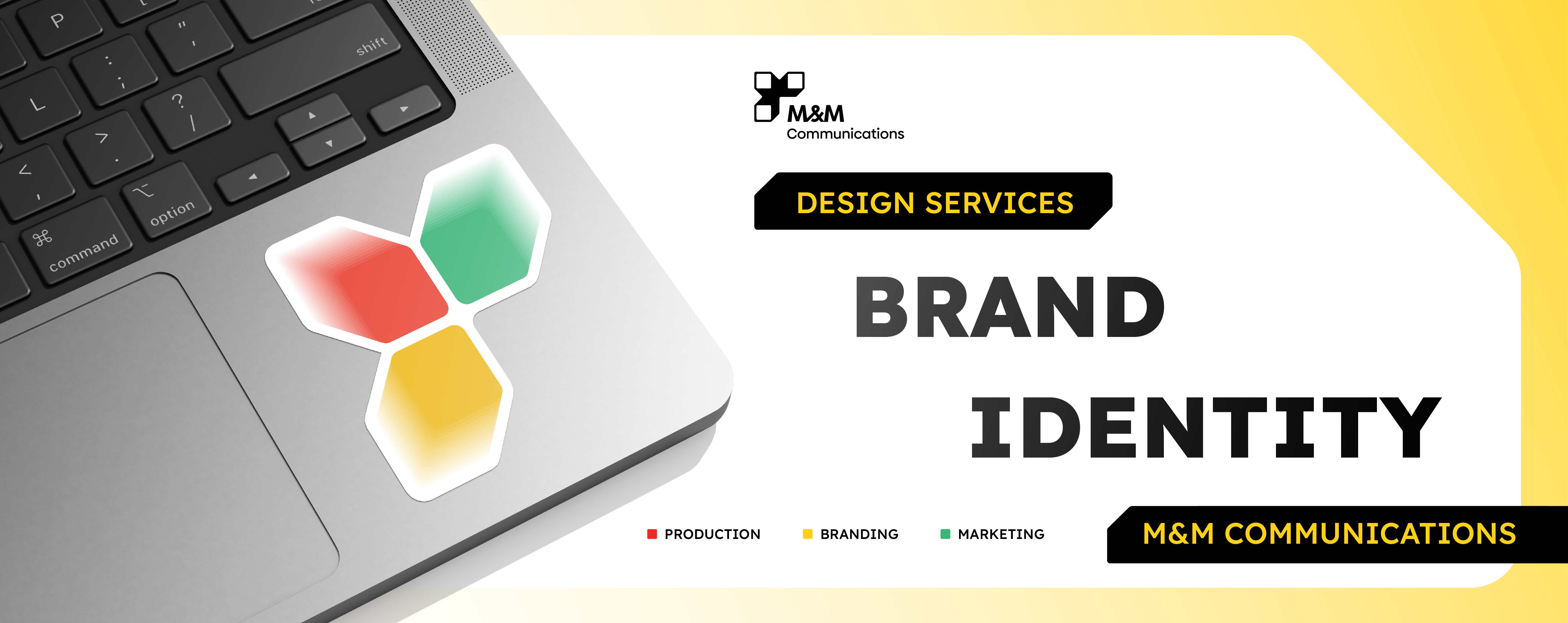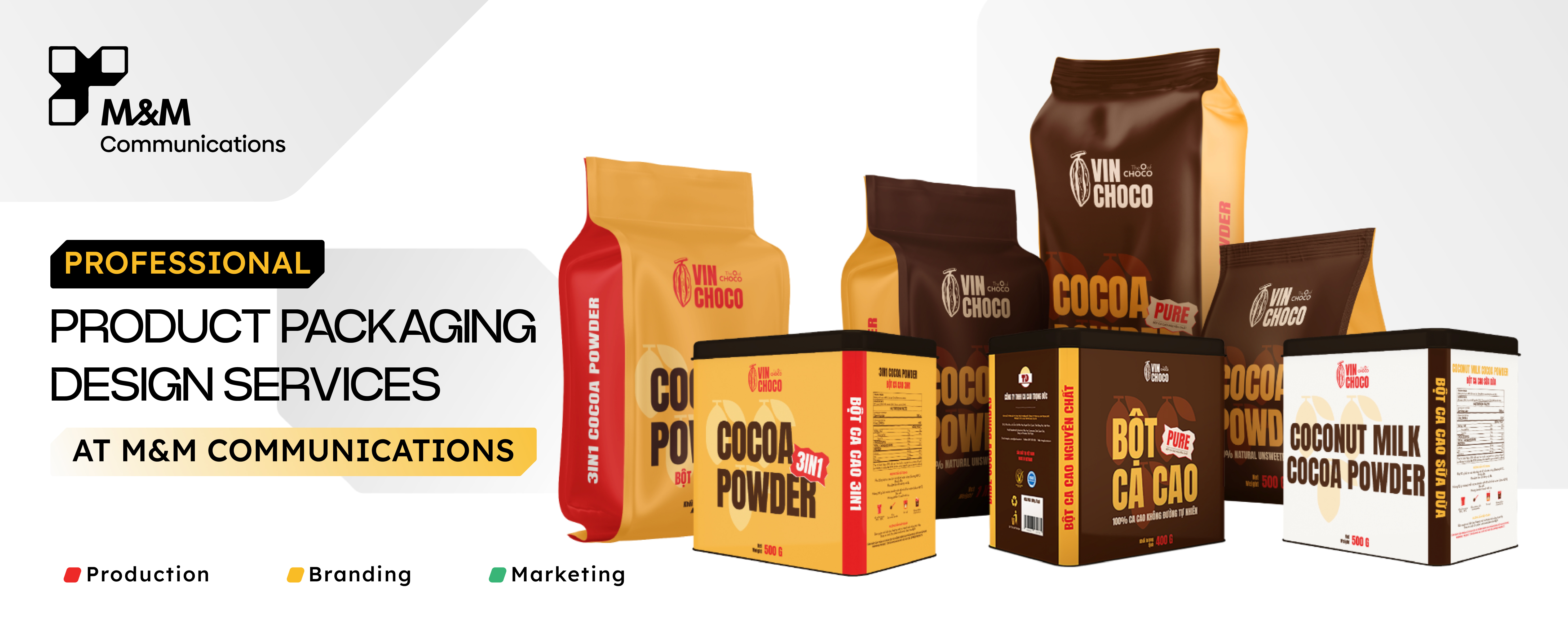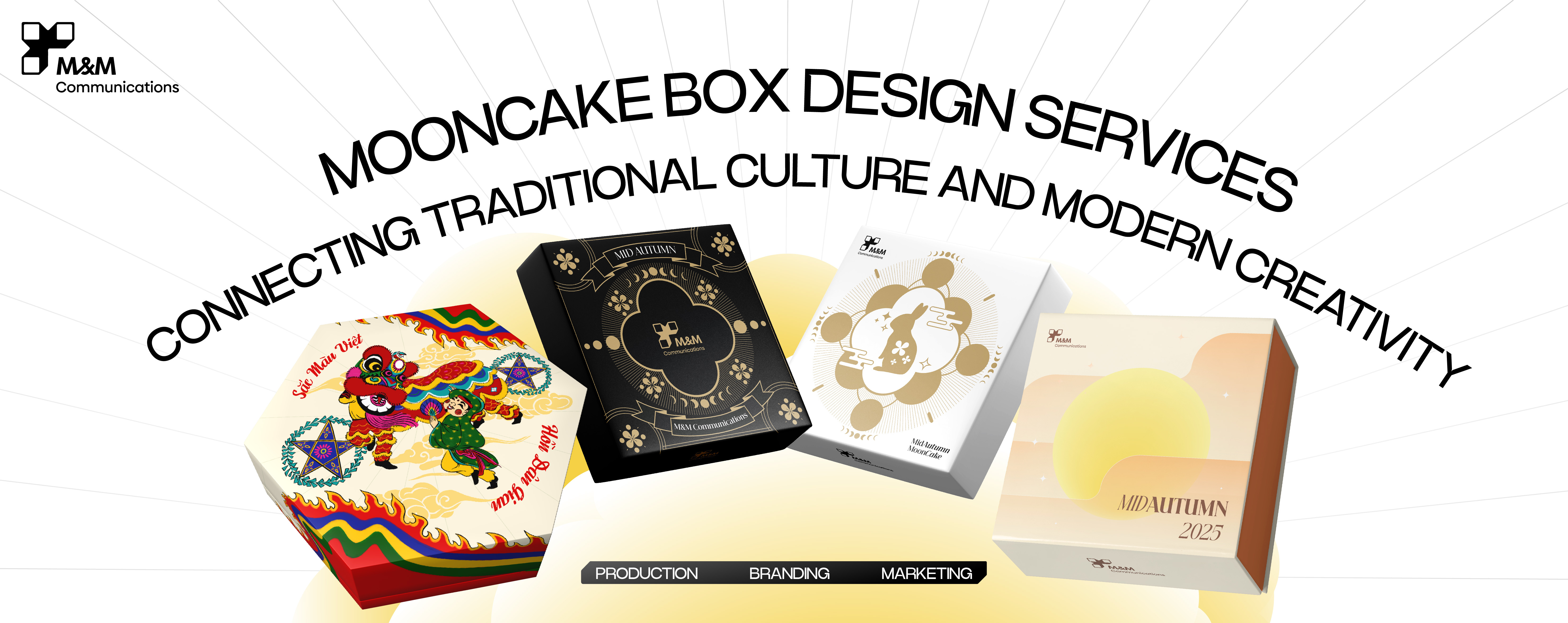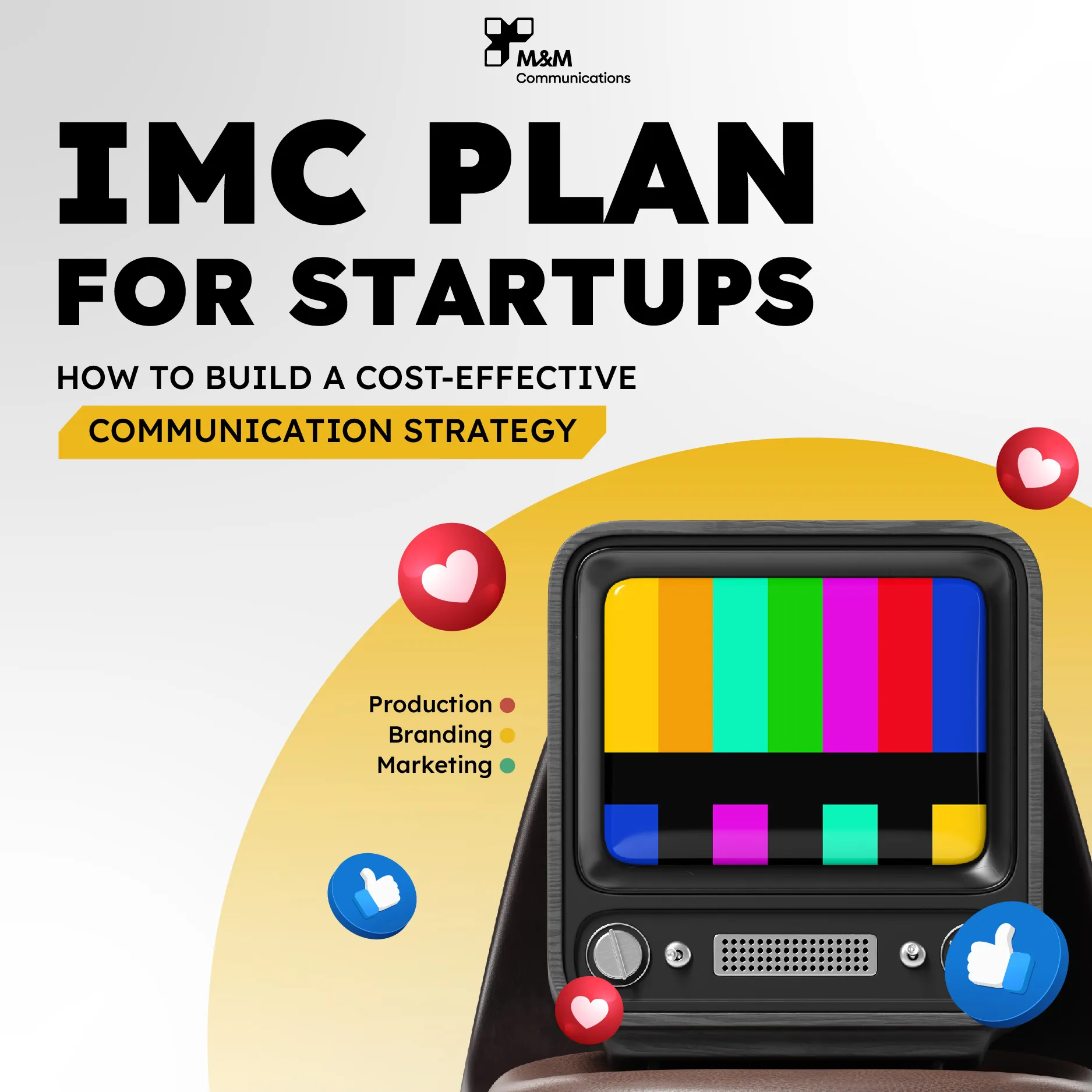
IMC PLAN FOR STARTUPS: HOW TO BUILD A COST-EFFECTIVE COMMUNICATION STRATEGY
For startups, introducing their brand to the right audience is a matter of survival. However, early-stage businesses often face a tough challenge: limited marketing budgets yet still needing to generate brand awareness and conversions. That’s where an effective and cost-optimized Integrated Marketing Communications (IMC) Plan becomes a strategic asset.
So, how can you build an IMC Plan that saves money while still creating impact? M&M Communications shares a step-by-step, practical guide tailored for startups—realistic, actionable, and results-driven.
1. What is an IMC Plan and Why Do Startups Need One Early On?
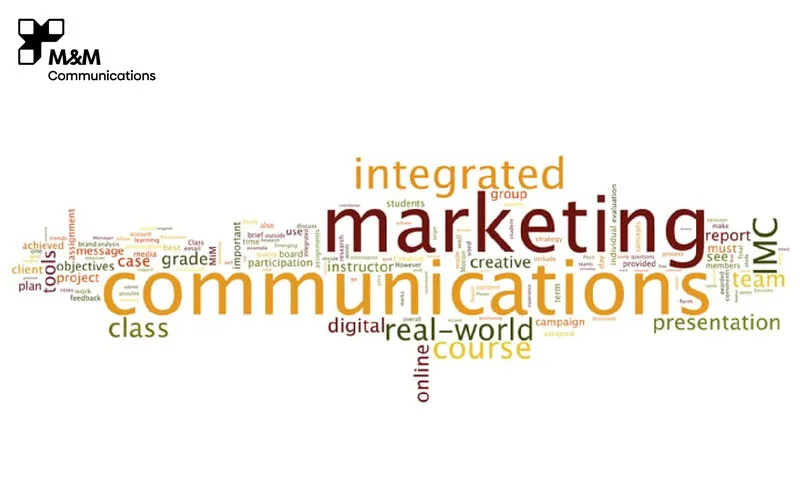
An IMC Plan is a strategic roadmap that combines various communication tools and marketing channels (advertising, PR, social media, content, email, etc.) to deliver a consistent brand message across multiple customer touchpoints.
For startups, a well-designed IMC Plan can:
Maximize limited budgets by targeting the right channels, timing, and audience.
Build initial brand awareness and trust.
Guide customers through the journey from discovery to purchase and loyalty.
Avoid wasted efforts from fragmented, disconnected activities.
2. Steps to Build a Cost-Effective IMC Plan for Startups
Step 1: Define Clear Communication Objectives
Your IMC goals should be specific, measurable, and realistic. For example:
Increase website traffic by 30% in 2 months.
Reach the first 1,000 social media followers.
Generate 200 leads via sign-up or contact forms.
Budget tip: Focus on 1–2 core goals instead of trying to do everything at once.
Step 2: Identify the Right Target Audience
Avoid mass targeting. Instead, develop a buyer persona:
Who are they? (Age, gender, job, interests...)
What platforms do they use? (Facebook, TikTok, forums...)
What pain points does your product solve?
Budget tip: Focus on a smaller, high-conversion audience segment for better results with less spend.
Step 3: Discover Customer Insights
IMC is not just about what you say, but saying what your audience cares about. Find insights through:
Simple surveys or interviews.
Social media and community listening.
Google keyword and trend analysis.
Budget tip: Use free tools like Google Trends, TikTok Search, and Reddit to uncover behaviors and interests without costly research.
Step 4: Define Your Big Idea & Key Message
Your Big Idea should be the central theme across all channels. The Key Messages are how it’s adapted per channel. Keep it:
Short, memorable.
Emotionally engaging.
Aligned with your brand personality.
Budget tip: Stick with one core idea deployed across all platforms to avoid dilution.
Step 5: Choose the Right Communication Channels
You don’t need to be everywhere—just where it matters. Select channels based on:
Where your target audience is active.
Which platform delivers good ROI at a low cost?
Low-cost, high-return channels for startups:
Social media (Facebook, TikTok, Instagram) – easy to create content and go viral.
Content marketing (blogs, how-to posts) – builds SEO and credibility over time.
Micro-influencers or KOCs – more affordable, often higher engagement.
Email marketing and chatbot – great for nurturing leads and repeat engagement.
Budget tip: Don’t spend on ads too early—test your content organically first.
Step 6: Track, Measure, and Optimize Regularly
After launching your IMC campaign:
Analyze which channels perform best.
Identify which content drives the most engagement or conversions.
Track lead sources and ROI.
Use free tools like:
Meta Business Suite (for Facebook & Instagram).
Google Analytics & Search Console (for your website).
Bitly (for tracking link clicks).
Budget tip: Reallocate spending to what works best, eliminate what's underperforming.
>>> 6 Basic Steps To Implementing An Imc Plan
3. Key Tips When Planning IMC for Startups

Balance speed with long-term thinking: Quick wins are good, but stay consistent with your brand image.
Don’t copy competitors blindly: You need your own unique brand story to stand out in a crowded startup scene.
Treat marketing as investment, not expense: When you can track ROI, you’ll know exactly where to put your money.
4. Conclusion: IMC is the Smart Growth Lever for Startups
Even with a tight budget, a startup can still execute powerful, impactful marketing by:
Targeting the right audience.
Crafting strong, consistent messaging.
Choosing channels wisely.
Constantly measuring and optimizing.
At M&M Communications, we help early-stage businesses design IMC plans that are not only cost-effective but also strategically sound and brand-building. Let us support your growth from the very first step—with a communication plan that works smart, not just hard.
